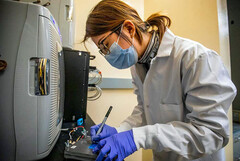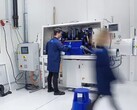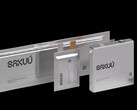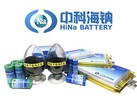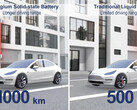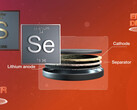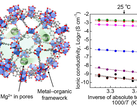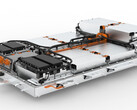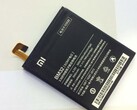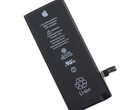The US Department of Energy (DOE) has granted US$10.9 million to University of Michigan (U-M) researchers to explore the viability of ceramic ions as alternative to lithium in future solid-state EV batteries. The university has long been researching the use of a solid ceramic electrolyte instead of the flammable liquid ones that current EV batteries employ.
The study results have been so promising that they attracted the attention of the Energy Frontier Research Center at the DOE and it has disbursed the four-year grant to establish a Mechano-chemical Understanding of Solid Ion Conductors (MUSIC) research hub at U-M. According to Jeff Sakamoto, professor of mechanical engineering at U-M and the MUSIC center's new Director:
The recent discovery of ceramic ion conductors that simultaneously exhibit unprecedented performance and stability has the potential to change the electrochemical energy storage technology landscape... Our new center seeks to bridge fundamental knowledge gaps related to mechano-chemistry with a diverse group of researchers who come from disparate fields of study.
Whoever masters the safer, cheaper solid-state battery technology that can theoretically double the energy density of lithium batteries, will win the multibillion race for electric vehicle and energy storage systems, hence the early government investment in the promising ceramic ion tech:
- Graphite can hold only one lithium ion for every six carbon atoms, giving it a specific capacity of approximately 350 milliampere hours per gram (mAh/g.) The lithium metal in a solid state battery has a specific capacity of 3,800 mAh/g. Current lithium ion batteries max out with a total energy density around 600 watt-hours per liter (Wh/L) at the cell level. In principal, solid-state batteries can reach 1,200 Wh/L.
- To solve lithium metal’s combustion problem, U-M engineers created a ceramic layer that stabilizes the surface—keeping dendrites from forming and preventing fires. It allows batteries to harness the benefits of lithium metal—energy density and high-conductivity—without the dangers of fires or degradation over time.
Another professor of mechanical engineering at the University of Michigan, Neil Dasgupta, who will be the deputy director of the DOE's MUSIC hub, says there is now the practical phase to be carried out:
However, critical barriers remain before widespread commercialization can be realized - many of which center around the unique mechanical properties that emerge at solid-solid interfaces in electrochemical cells. An overarching goal of MUSIC is to reveal the fundamental mechanisms of how mechanical stresses and strains interact with electrochemistry, which will inform future efforts to scale-up and accelerate commercialization of next-generation energy storage technology.
The DOE-sponsored research center will also aim to find the cheapest solid-state battery manufacturing method as well as explore how lithium or sodium metal chemistries with ceramic ion conductors lose their charging capacity over time compared to current Li-ion technology in cars, phones, or laptops.




